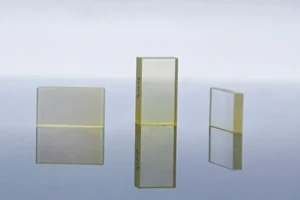Nonlinear crystals are a fascinating area of study in the realm of optics and photonics. These crystals have the unique ability to interact with light in ways that linear materials cannot, leading to a range of applications, especially in the field of laser technology. One of the most notable effects observed in nonlinear crystals is frequency doubling, where the frequency of light is effectively doubled. This article delves deep into the world of nonlinear crystals, their frequency doubling effects, and their myriad applications.
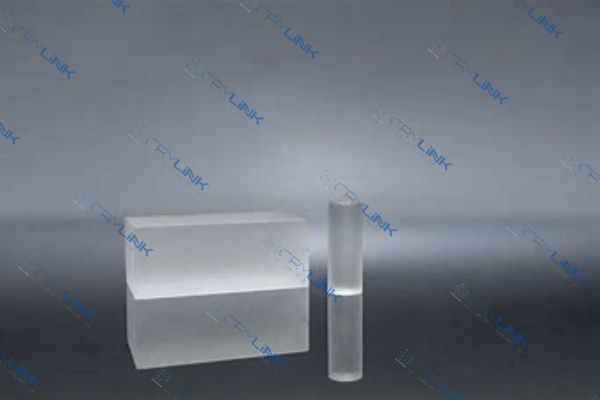
Understanding Nonlinear Optics
Understanding the intricacies of nonlinear optics is pivotal when delving into the realm of advanced photonics and optical studies. At its core, nonlinear optics is a deviation from the conventional linear optical theories that most of us are familiar with. In the world of linear optics, light behaves predictably. It travels in a straight line, its speed is constant in a given medium, and its properties remain unchanged as it interacts with various materials. Essentially, in linear optics, light is like a well-behaved guest at a party, sticking to the rules and not causing any surprises.
However, nonlinear optics introduces a twist to this narrative. Here, light is more like the unpredictable guest at the party, occasionally surprising everyone with unexpected behaviors. The properties of light, such as its amplitude, phase, or polarization, can undergo dramatic changes when it interacts with certain materials under specific conditions. The key factor that drives these changes is the intensity of the light. In simpler terms, the brighter or more intense the light, the more pronounced these nonlinear effects become.
Another critical aspect that plays a role in these interactions is the nature of the material the light is passing through. Not all materials exhibit nonlinear properties. Those that do, often have unique molecular or atomic structures that allow for these interactions to take place. The alignment of molecules, the presence of certain atoms, or even the arrangement of electrons in a material can influence how it interacts with intense light, leading to nonlinear effects.
One of the most captivating and widely studied phenomena in nonlinear optics is frequency doubling or second harmonic generation (SHG). Imagine a scenario where individual photons, which are the smallest quantifiable units of light, come together in a special dance when they encounter a nonlinear material. As they interact with the material and with each other, they merge, producing a new photon that has twice the energy of the original photons. This doubling of energy translates to a doubling of the frequency of the light.
But what does this mean in practical terms? Well, the frequency of light is directly related to its color. Red light has a lower frequency than blue light. So, if you were to take a beam of red light and pass it through a nonlinear crystal that induces frequency doubling, the emerging light would shift towards the blue end of the spectrum. This ability to change the color of light has profound implications, especially in the field of lasers and imaging, where specific colors or frequencies of light are required for different applications.
In conclusion, nonlinear optics is a fascinating and complex field that offers a deeper understanding of how light interacts with matter. The phenomena it encompasses, like frequency doubling, are not just intriguing scientific curiosities but have real-world applications that impact various industries and technologies. As we continue to explore and harness these nonlinear effects, the possibilities for innovation in optics and photonics seem boundless.
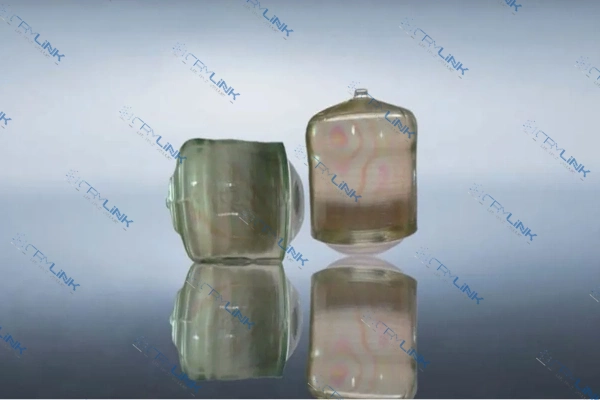
Types of Nonlinear Crystals
The world of nonlinear optics is vast and diverse, with a plethora of materials that exhibit unique properties allowing them to interact with light in ways that linear materials cannot. Among these, nonlinear crystals stand out for their ability to induce frequency doubling, a phenomenon where the frequency of light is effectively doubled. Let’s delve deeper into some of the most prominent nonlinear crystals and their distinctive characteristics.
Beta Barium Borate, commonly referred to as BBO, is a crystal that has garnered significant attention in the scientific community. Its popularity stems from its wide phase-matching range. Phase matching is a crucial condition in nonlinear optics, ensuring that the interacting waves remain in phase, thereby maximizing the efficiency of the nonlinear process. BBO’s ability to maintain this condition over a broad range of wavelengths makes it an invaluable asset in various optical experiments. Additionally, BBO boasts a high damage threshold, meaning it can withstand high-intensity laser beams without getting damaged. This resilience makes it a preferred choice for experiments that require powerful lasers, such as those in particle physics or quantum mechanics.
On the other hand, Potassium Titanyl Phosphate, or KTP, is renowned for its efficiency in frequency doubling, particularly in the visible spectrum. When you see a green laser pointer, there’s a good chance that a KTP crystal is at work inside, converting infrared light from a diode laser into green light. The reason for KTP’s widespread use in such devices is its high damage threshold, similar to BBO. But what sets KTP apart is its efficiency at room temperature. Many nonlinear processes require specific temperatures to achieve optimal efficiency, but KTP stands out by performing exceptionally well under standard conditions. This property reduces the need for intricate cooling systems, making devices simpler and more cost-effective.
Lithium Niobate, denoted as LiNbO3, is another gem in the world of nonlinear crystals. Its versatility is truly remarkable, finding applications in areas as diverse as telecommunications and holography. One of the standout features of Lithium Niobate is its broad transparency range. This means that the crystal is transparent to a wide range of light frequencies, from the near-ultraviolet to the mid-infrared. Such a wide range makes it suitable for a plethora of applications. In telecommunications, for instance, Lithium Niobate modulators are used to encode information onto light signals, facilitating high-speed data transmission. In the realm of holography, its unique properties allow for the creation of high-definition, three-dimensional images.
In essence, the world of nonlinear crystals is as diverse as it is fascinating. Each crystal, be it BBO, KTP, or Lithium Niobate, brings its own set of unique properties to the table, making them indispensable in various scientific and industrial applications. As research continues and our understanding of these materials deepens, we can only anticipate even more groundbreaking discoveries and applications in the future.
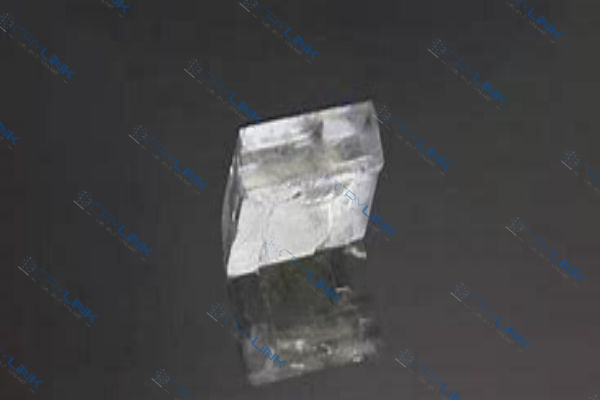
Applications of Frequency Doubling Crystals
The realm of frequency doubling crystals has opened up a world of possibilities in various sectors, from medicine to telecommunications. The unique ability of these crystals to interact with light and effectively double its frequency has led to groundbreaking advancements and innovations.
In the field of laser technology, the impact of frequency doubling crystals is profound. Lasers, by definition, produce light at specific wavelengths. However, there are instances where the naturally produced wavelength of a laser might not be suitable for a particular application. This is where frequency doubling crystals come into play. For instance, in medical procedures, certain treatments require lasers of a specific color or wavelength to achieve the desired effect. By using frequency doubling crystals, lasers can be fine-tuned to produce light at these specific wavelengths, ensuring optimal results. This is especially crucial in delicate procedures like eye surgeries, where precision is paramount. Similarly, in industrial applications, lasers are used for cutting, welding, and engraving. The ability to adjust the laser’s wavelength using frequency doubling crystals ensures that materials are processed with utmost accuracy and efficiency.

The telecommunications sector has also greatly benefited from the advancements in frequency doubling technology. As the world becomes increasingly connected, the demand for faster and more efficient communication systems is ever-growing. Frequency-doubled signals have the unique advantage of carrying more information than their non-doubled counterparts. This means that data can be transmitted at much higher speeds, reducing lag and ensuring real-time communication. Whether it’s a video call between two people on opposite sides of the globe or a crucial data transfer between servers, frequency doubling ensures that the communication is swift and seamless.
The world of research and development, always at the forefront of technological advancements, has embraced frequency doubling in various experiments and studies. Scientists studying molecular structures, for instance, use frequency-doubled lasers to gain better insights into the intricate details of molecules. The doubled frequency provides higher resolution, allowing researchers to observe minute details that might be missed with traditional lasers. Furthermore, in the fascinating realm of quantum mechanics, where the behavior of particles at the smallest scales is studied, frequency doubling plays a pivotal role. Experiments that aim to understand the dual nature of light as both a particle and a wave benefit from the precision offered by frequency-doubled lasers.
In conclusion, the applications of frequency doubling crystals are vast and varied. They serve as a testament to human ingenuity and our relentless pursuit of knowledge and advancement. From ensuring precision in medical treatments to facilitating global communication and pushing the boundaries of scientific research, these crystals have truly revolutionized the way we harness and utilize light. As technology continues to evolve, it’s exciting to ponder the future possibilities and applications that await in the world of frequency doubling.
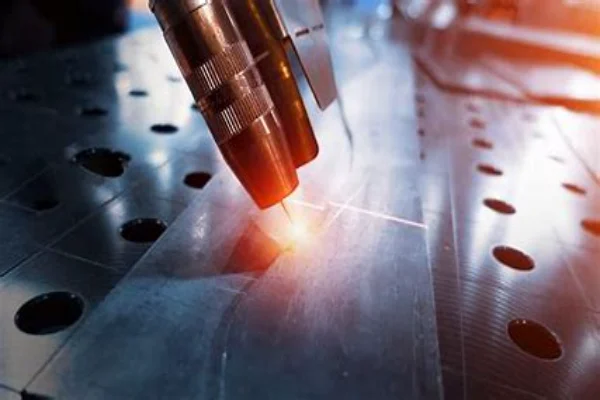
Conclusion
Nonlinear crystals and their frequency doubling effects have revolutionized the way we understand and utilize light. From advanced laser technologies to cutting-edge research, the applications of these crystals are vast and varied. As our understanding of nonlinear optics continues to grow, so too will the potential applications and technologies that leverage these unique materials.
FAQs
- What is a nonlinear crystal?
- A nonlinear crystal is a material that can interact with light in ways that linear materials cannot, leading to unique effects such as frequency doubling.
- How does frequency doubling work?
- Frequency doubling, or second harmonic generation, is a process where photons interacting with a nonlinear material combine to generate new photons with twice the energy and frequency.
- Why is frequency doubling important in lasers?
- Frequency doubling allows lasers to produce light at desired wavelengths, making them more versatile for various applications.
- Are there other effects observed in nonlinear crystals besides frequency doubling?
- Yes, nonlinear crystals can also exhibit effects like sum-frequency generation, difference-frequency generation, and parametric amplification.
- What factors determine the efficiency of frequency doubling in a crystal?
- The efficiency of frequency doubling depends on factors like the type of crystal, the intensity of the light, and the phase-matching conditions.



